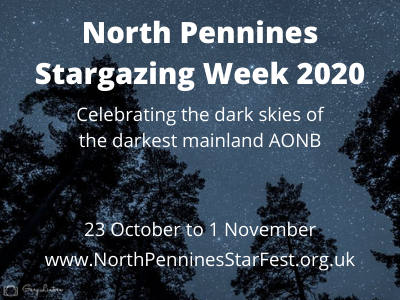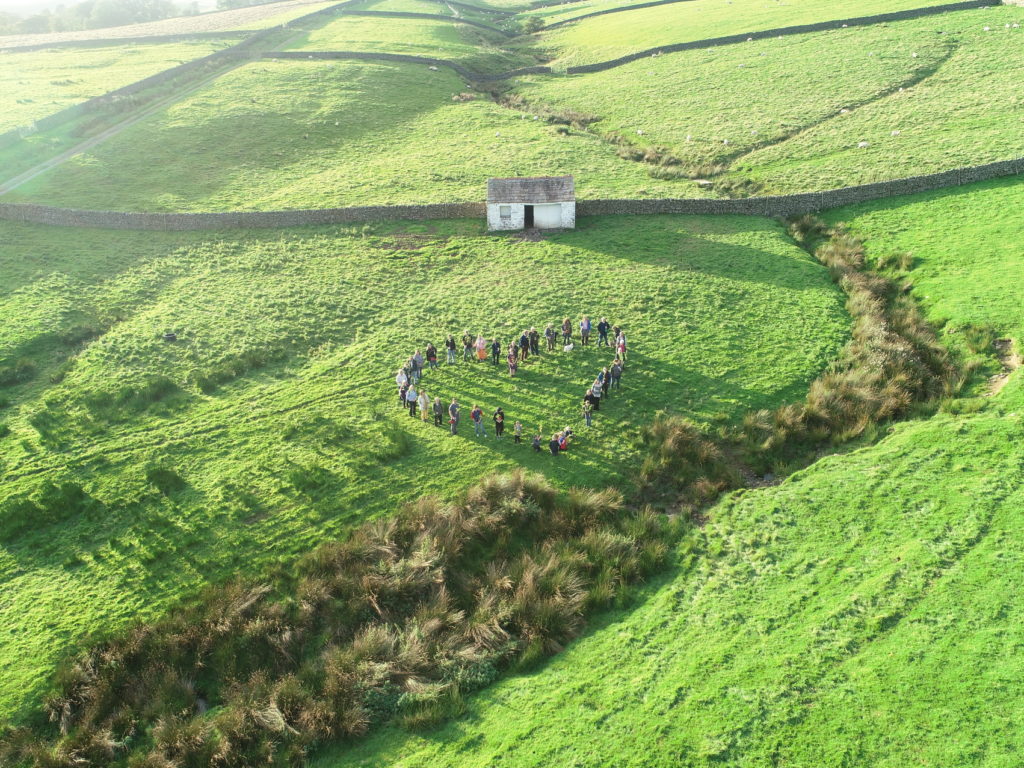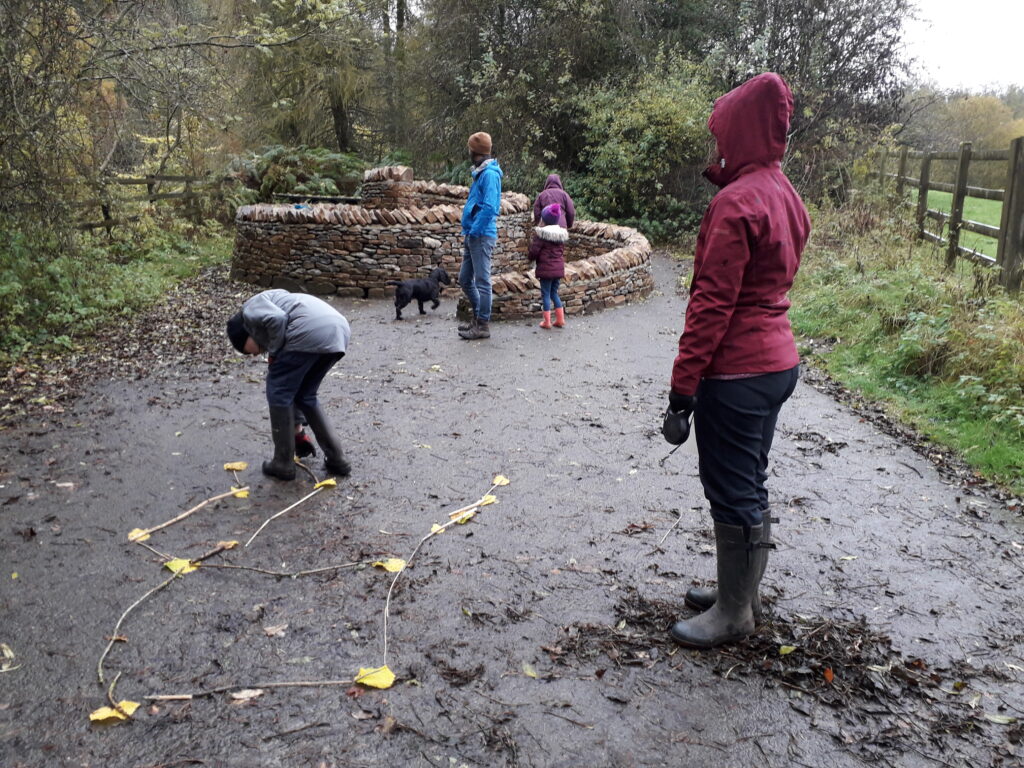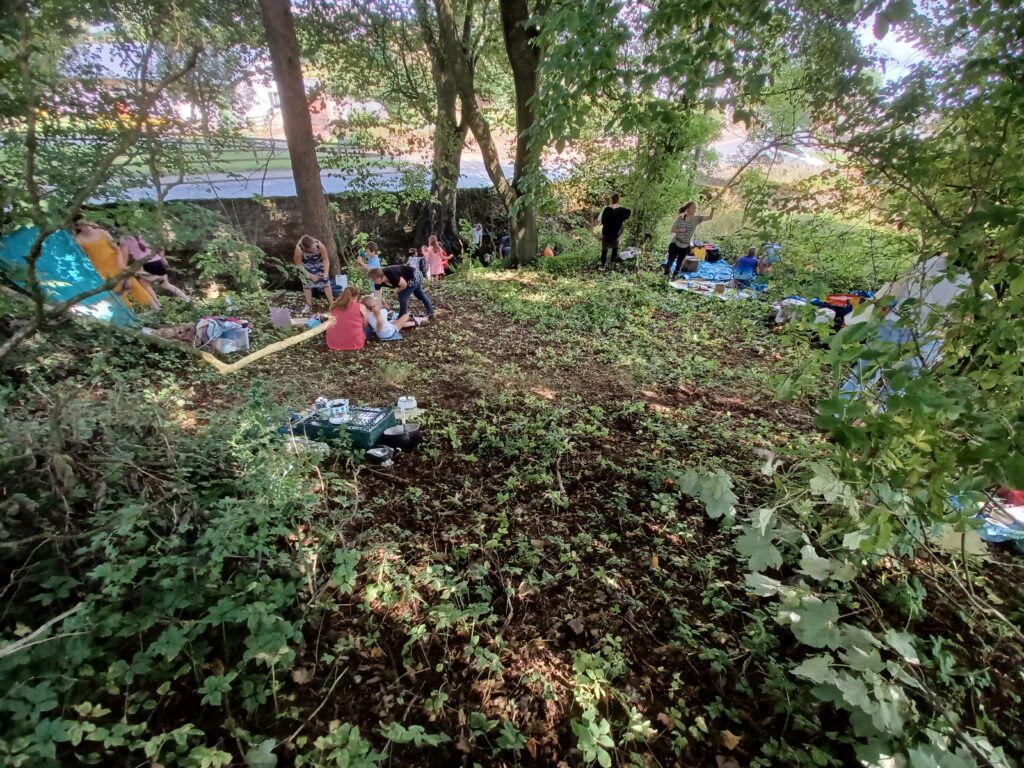North Pennines Stargazing Week
Dark skies on a smallholding
5 December 2024
Dark skies on our smallholding
by Peter Samsom
The past can feel very close on our smallholding, especially when everything has stilled and we’re settling in for the night. I often wonder what it was like to run a farm or a smallholding before the arrival of electric lights, be that through connection to the grid or through generators. We don’t have electric on our holding (which we don’t live on) but we do have a benefit of endless high powered torches etc. I suppose programmes like ‘All Creatures Great and Small’ give an idea about what things were like before, but it’s not quite the same as having the lived experience.
As we’re heading into winter darkness dominates once again: the last checks to lock in the hens get earlier week by week until the time that the hens have gone to bed long before human tea time. It’s when a whole other set of wildlife turns up, a community that we really only find out about through our wildlife camera and the occasional loss of chickens. We recently found a mysterious hole along one of the field boundaries and the wildlife camera revealed that a badger has its regular run along there and had found a bumblebee nest, obviously a tasty snack. Foxes, roe deer and our community of tawny and barn owls have the place to themselves in the dark.
The winter half of the year also brings back the winter constellations and a renewed focus on the dark skies. When Orion first appears about the eastern horizon during my evening dog walk, it’s like welcoming an old friend. There is time to stand and stare, to look at the Milky Way and think about the multiple generations which created the stories to explain the white streak across our winter skies. One of my mum’s favourite memories is seeing the Northern Lights one winter night here in Northumberland.
Soon it will be time to put our tup out again for another breeding cycle. We plan our lambing to coincide with the lengthening days and the start of the grass growth in April. We will get up at first light to check that everything is going ok and the last check of the day is at very last light. It’s one of the reasons why we have a breed of sheep that is very self-sufficient and the ewes tend to have easy births and are very good mothers so in most cases the ewes that you think will be next to lamb at the last check, will be lying with their lambs licked dry and with full bellies when you come back in the early morning. It does allow us to spend a bit of time enjoying the stillness in the evening, to watch the early stars and listen to the calls of the curlew and the lapwing which are even more pronounced into the evening and night.
The cycle of darkness and light very much runs in parallel with the seasonal farming cycle and keeps us connected to generations past, and hopefully to generations in the future too.

This blog is part of the North Pennines Stargazing Week 2020. Visit our Stargazing Week hub for more events, blogs and features.












